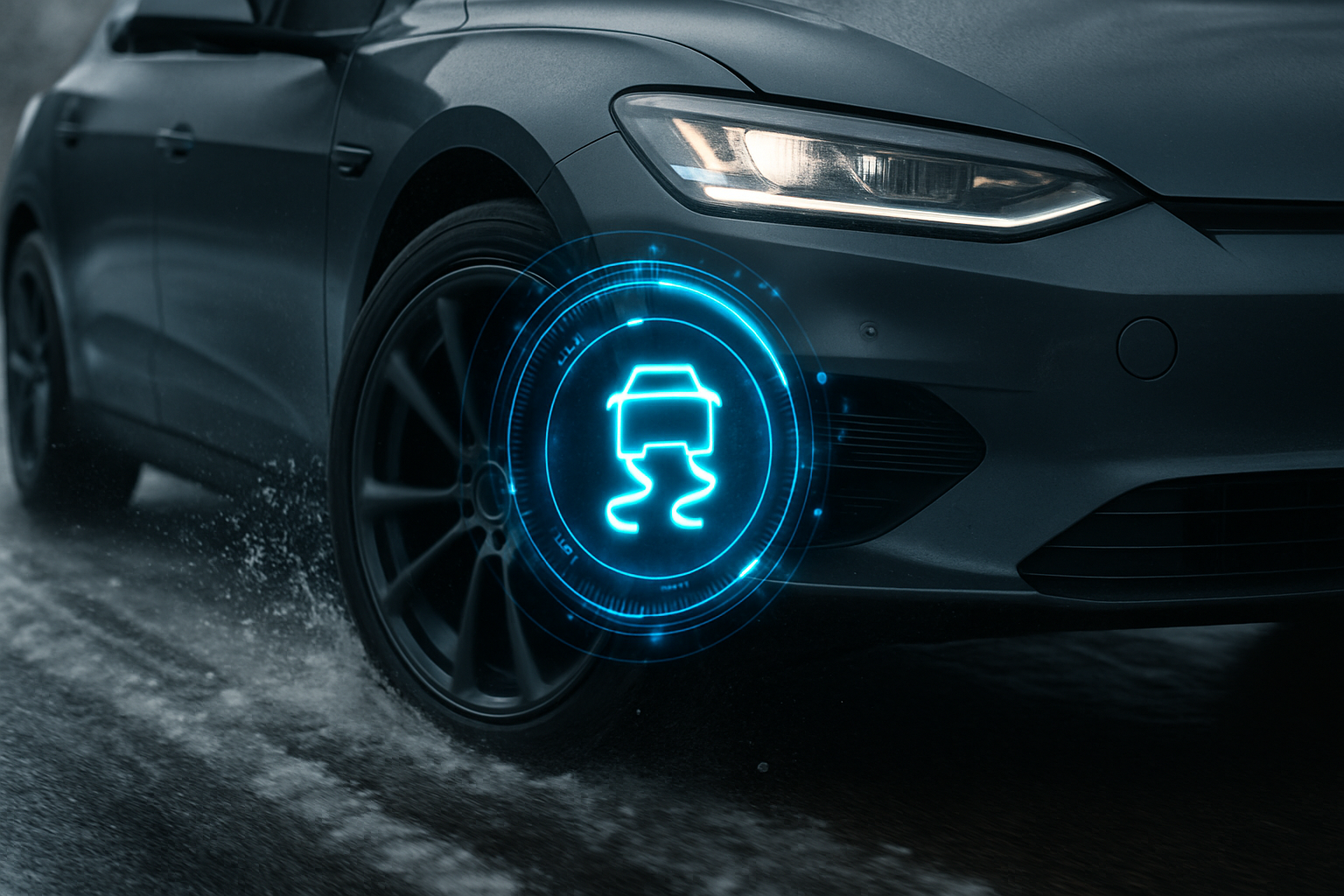Camber Tuning: The Hidden Art of Precision Cornering
Imagine carving through a tight mountain pass, your car gripping the road with unwavering confidence. This isn't just about horsepower or aerodynamics; it's the result of a finely-tuned suspension system, with camber adjustment playing a crucial role. Welcome to the world of camber tuning, where fractions of a degree can make the difference between victory and defeat on the track, or comfort and control on the street.

The Fundamentals of Camber
Camber refers to the vertical tilt of a wheel relative to the road surface when viewed from the front or rear of the vehicle. Positive camber occurs when the top of the wheel leans outward, while negative camber is when the top of the wheel leans inward. The degree of camber can significantly influence a vehicle’s handling, stability, and tire wear patterns.
Historically, camber adjustment was primarily a concern for racing teams and high-performance enthusiasts. However, as vehicle dynamics have become more sophisticated, camber tuning has found its way into mainstream automotive engineering. Modern suspension designs often incorporate camber adjustment capabilities, allowing for fine-tuning of a vehicle’s handling characteristics to suit different driving conditions and preferences.
The Physics Behind Camber Dynamics
Understanding the physics of camber requires delving into the concept of tire contact patches. As a vehicle corners, weight transfer causes the outside tires to experience increased load. With proper negative camber, the outside tire’s contact patch remains more evenly distributed during cornering, maximizing grip and stability.
The relationship between camber and cornering forces is complex and non-linear. As the vehicle leans into a turn, the camber angle changes dynamically, affecting the tire’s ability to generate lateral forces. This dynamic camber change, known as camber thrust, can significantly enhance cornering performance when properly optimized.
Camber Tuning for Different Driving Scenarios
Street driving and track use often require different camber setups. For daily drivers, a slight negative camber typically provides a good balance between tire wear and handling. However, track-focused setups may employ more aggressive negative camber to maximize cornering grip at the expense of straight-line stability and even tire wear.
Camber settings also vary depending on the vehicle’s weight distribution, suspension geometry, and intended use. Front-wheel-drive vehicles often benefit from more negative front camber to counteract understeer, while rear-wheel-drive cars may require a more balanced approach to maintain predictable handling characteristics.
Advanced Camber Adjustment Techniques
Modern suspension systems offer various methods for camber adjustment. Aftermarket camber plates allow for easy adjustments on many strut-based suspensions, while some high-end vehicles feature electronic camber control systems that can adapt to driving conditions in real-time.
For those seeking the ultimate in handling precision, dynamic camber control systems are emerging as the next frontier. These systems use advanced sensors and actuators to actively adjust camber angles on-the-fly, optimizing tire contact patches for any driving situation. While still in their infancy, such systems promise to revolutionize vehicle dynamics in the coming years.
The Impact of Camber on Tire Wear and Performance
While aggressive camber settings can yield impressive cornering performance, they come with trade-offs. Excessive negative camber can lead to accelerated tire wear on the inner edges, reducing overall tire life and potentially compromising wet-weather performance. Striking the right balance between performance and longevity requires careful consideration and regular monitoring of tire wear patterns.
Performance-oriented drivers often rotate tires more frequently and may even opt for specialized camber-compensating tire designs. These tires feature asymmetric tread patterns or construction methods that help mitigate the effects of aggressive camber settings on tire wear and performance.
Camber and Vehicle Dynamics: A Holistic Approach
Camber tuning doesn’t exist in isolation; it’s part of a complex interplay of suspension geometry, including caster, toe, and roll center height. Optimizing camber requires a holistic approach to vehicle setup, considering how changes in one parameter affect the others. Advanced alignment techniques, such as bump steer correction and roll couple distribution, often go hand-in-hand with camber tuning to achieve the desired handling characteristics.
As automotive technology continues to advance, the role of camber tuning in vehicle dynamics is likely to become even more sophisticated. Integration with active suspension systems and tire pressure monitoring could lead to adaptive camber systems that provide optimal handling across a wide range of driving conditions.
In conclusion, camber tuning represents a fascinating intersection of automotive engineering, physics, and driving technique. Whether you’re a track day enthusiast seeking that extra edge or a daily driver looking to enhance your vehicle’s handling, understanding and optimizing camber can unlock new levels of performance and driving enjoyment. As we continue to push the boundaries of vehicle dynamics, the art and science of camber tuning will undoubtedly play a crucial role in shaping the future of automotive performance.





